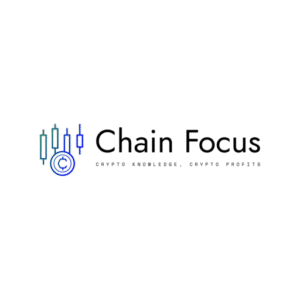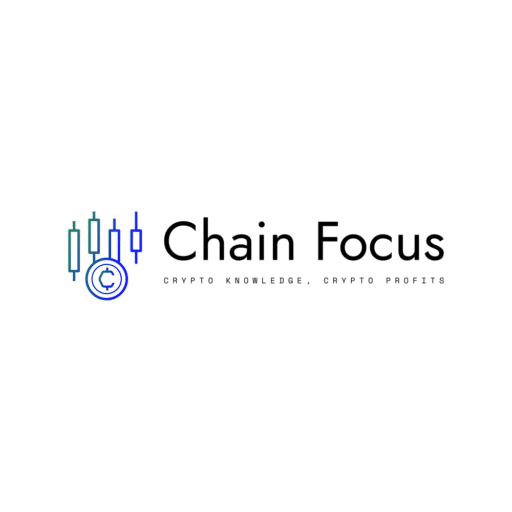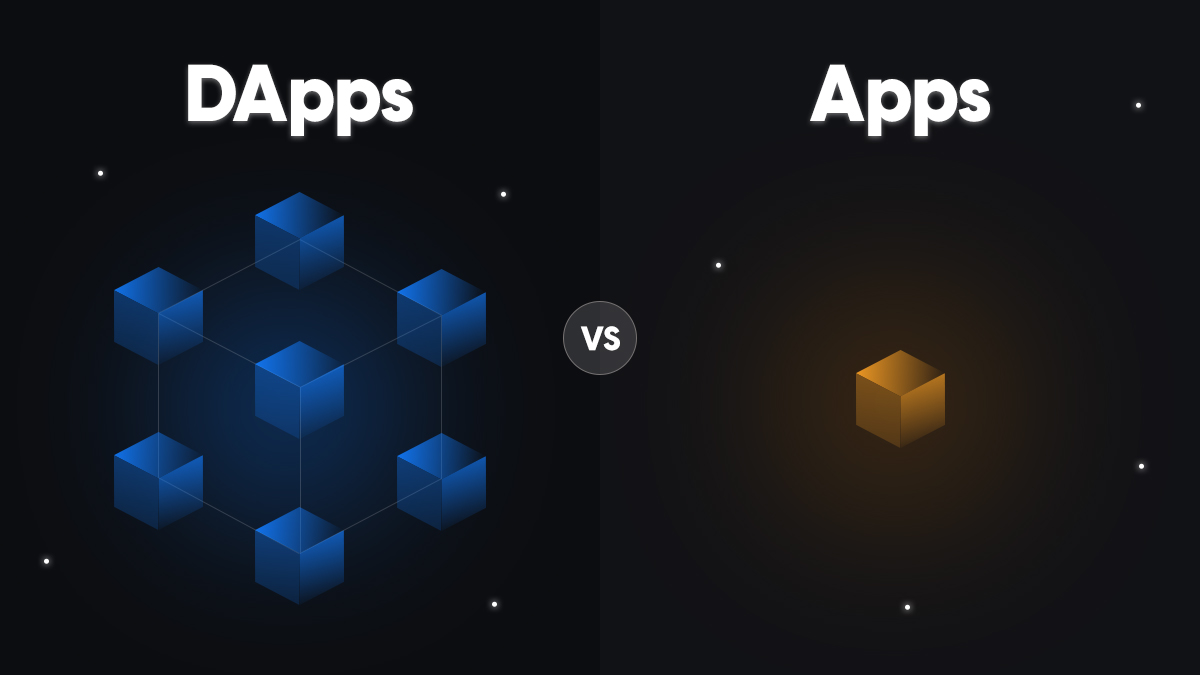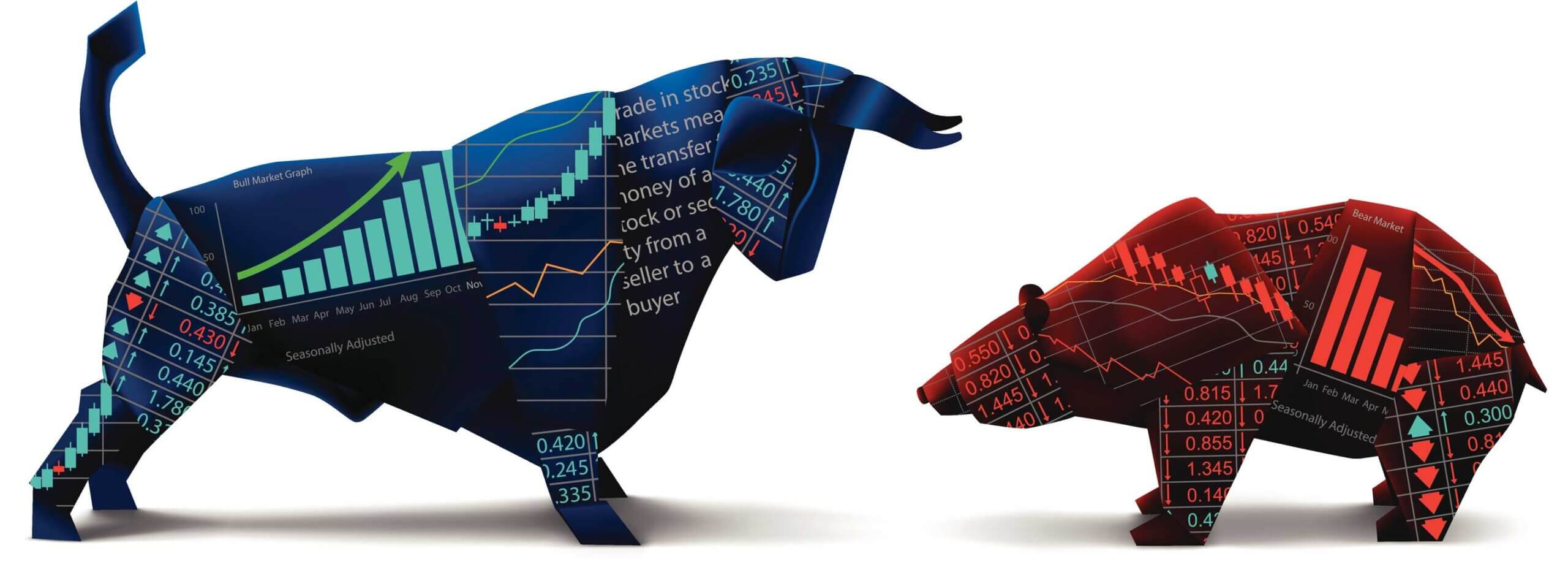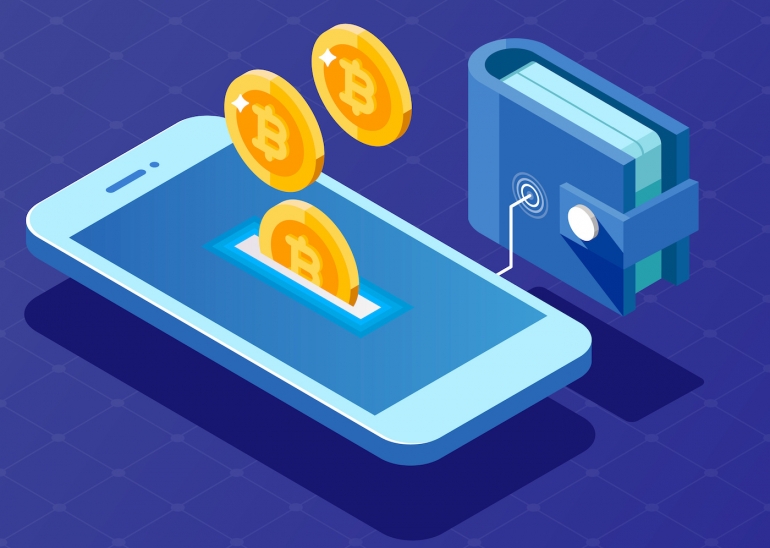Decentralized apps are rewriting software rules—no central control, total transparency. Could this tech truly shift power forever? The future waits.
Wondering about dApps? You’re not alone. Decentralized applications, known as dApps, have been popping up everywhere—from the hottest blockchain projects to everyday tech conversations. But what exactly is a dApp? Let’s cut through the noise.
A dApp is a software application that runs on a blockchain or peer-to-peer network instead of a single centralized server. In plain English: it’s a program controlled by no single entity but operates on a decentralized system where trust is built into the rules. According to Ethereum Foundation, dApps “use smart contracts for their backend logic and store data on the blockchain.” That means the app’s vital parts—rules, user data, and transaction history—live in a public, immutable ledger anyone can verify.
“A dApp is an application that combines a smart contract with a frontend user interface,” Ethereum Foundation explains. “You can think of dApps as decentralized software with the benefits of blockchain.”
Smart contracts are the key players here—they’re programs automatically running when conditions are met, embedded on-chain, eliminating middlemen. Imagine a vending machine that only delivers snacks when you insert the right coins. Now make that vending machine available worldwide, offer full transparency, and never let the snack vendor cook the books.
Alongside this on-chain logic, dApps usually feature token incentives. Tokens act like digital treats and punishments—rewarding users for good behavior or charging fees for misuse. This mechanism helps align everyone’s interests on these platforms. It isn’t just fancy tech jargon—these incentives impact how users behave and keep dApps self-sustaining.
Examples of dApps across industries:
- Gaming: Titles like Axie Infinity allow players to own characters and in-game items as tradable tokens on the blockchain. Truly, it’s not just gameplay – it’s your assets, your rules.
- Finance (DeFi): Protocols like Compound facilitate lending and borrowing without banks. Users can earn yield or borrow cryptocurrency by interacting with smart contracts rather than dealing with paper forms or approvals.
- Social Media: Platforms like BitClout aim to decentralize social networking, letting users monetize influence, avoid censorship, and control data. It’s social media, but less Big Brother.
So why bother with dApps? The promise lies in trustless, censorship-resistant, and transparent applications. They challenge traditional models by pushing power from centralized authorities to users. Of course, the reality includes scalability struggles and usability headaches, but the promise? That still shines bright.
For experts churning in blockchain labs, dApps aren’t sci-fi dreams—they’re practical tools reshaping how software runs. As Cointelegraph puts it, “dApps represent a foundational shift in the internet’s architecture, from centralized to distributed.”
Understanding dApps is like peering into the future of software. They’re apps where, for once, the code really is the law, incentives are baked in, and your data isn’t held hostage by a corporation. Whether that future dominates or fizzles out remains to be seen, but dApps certainly aren’t going quietly.
